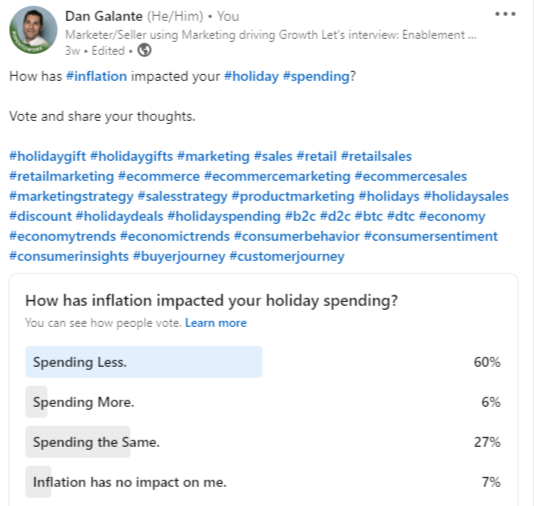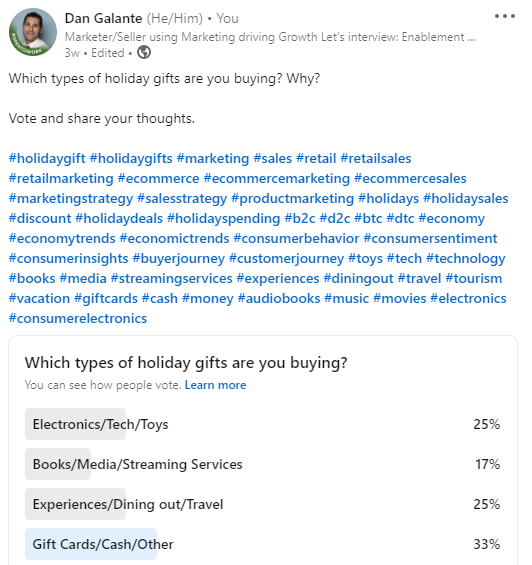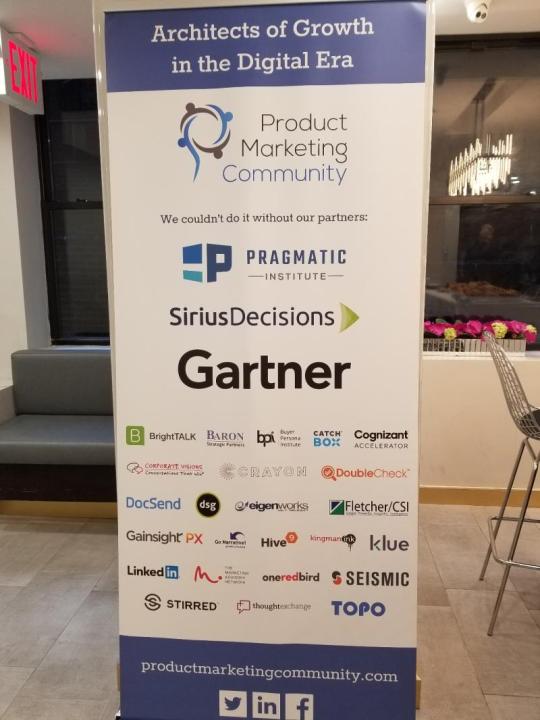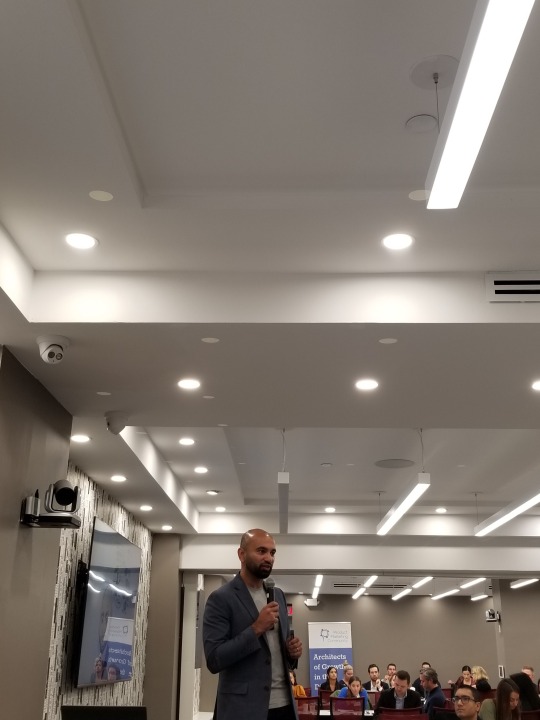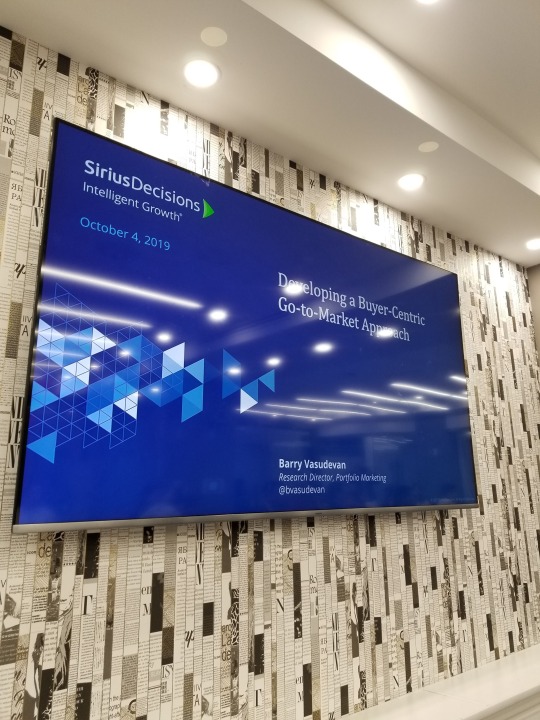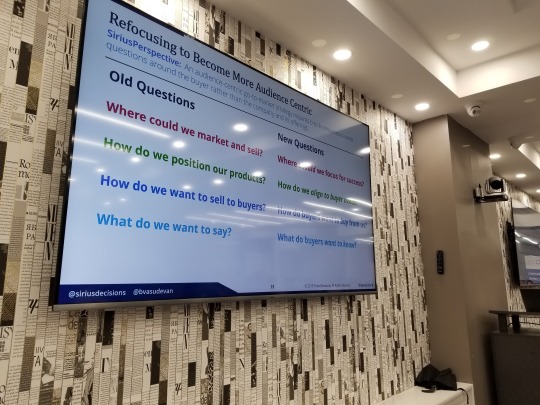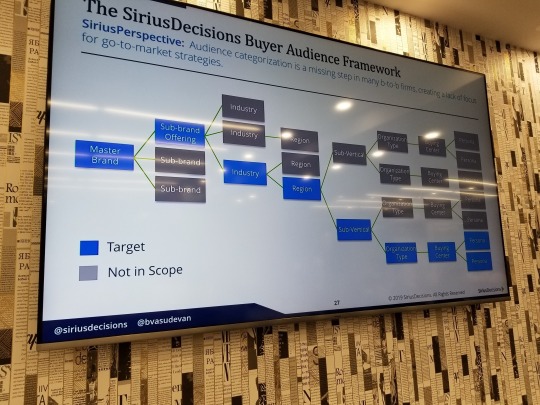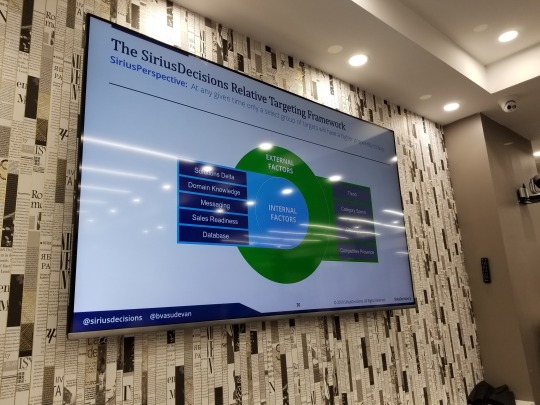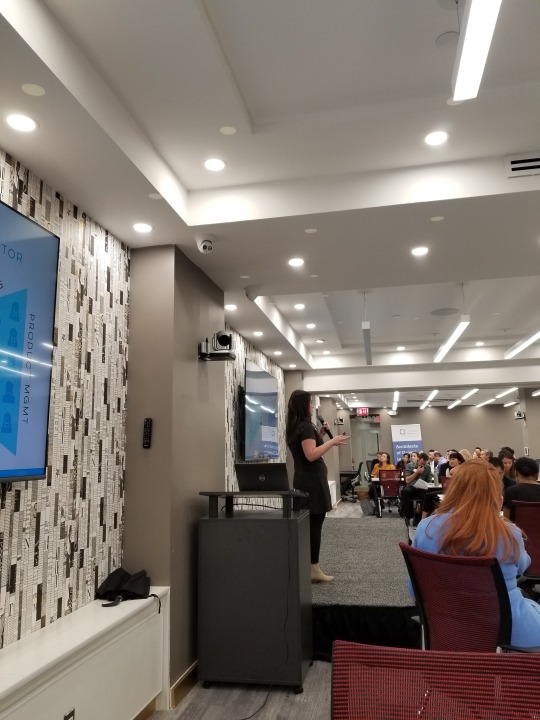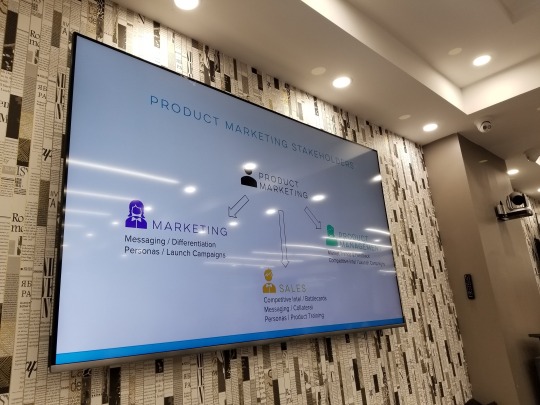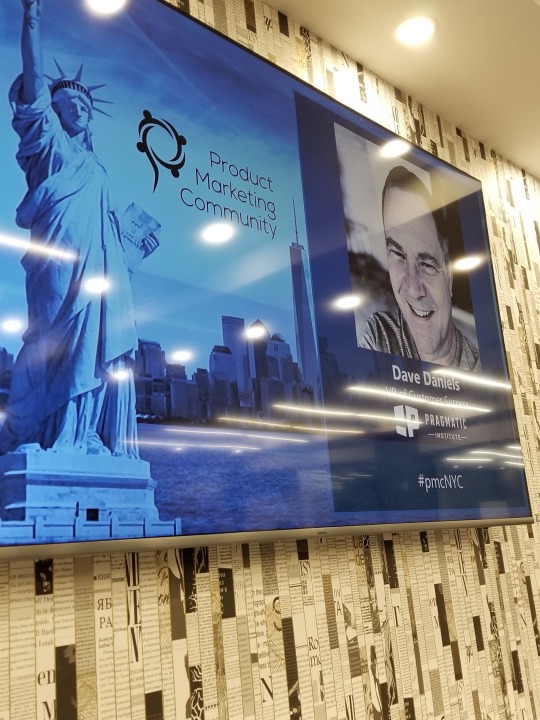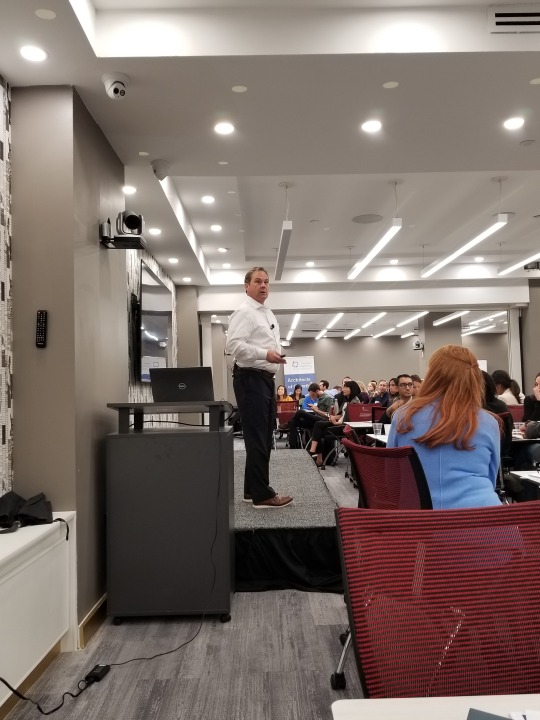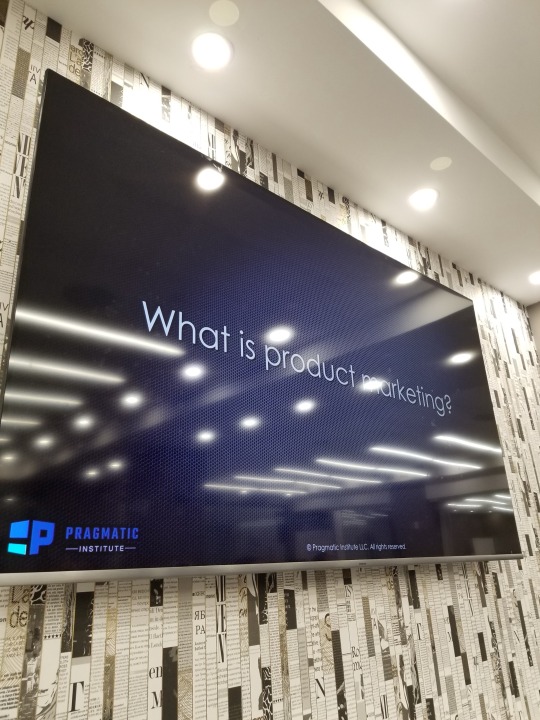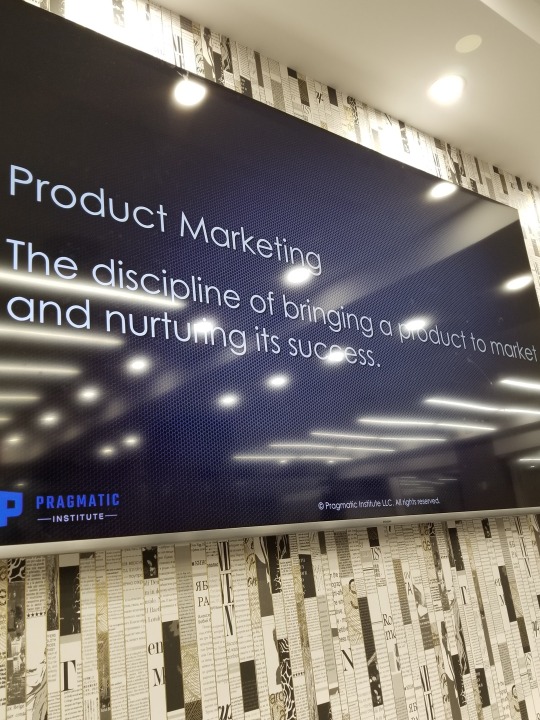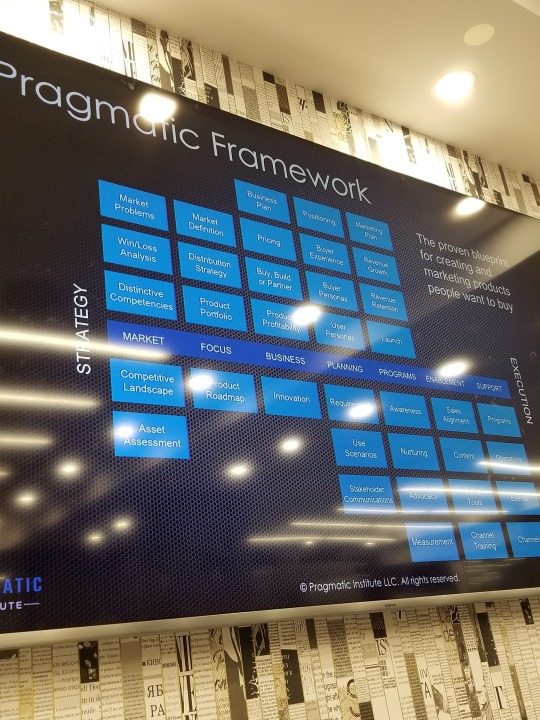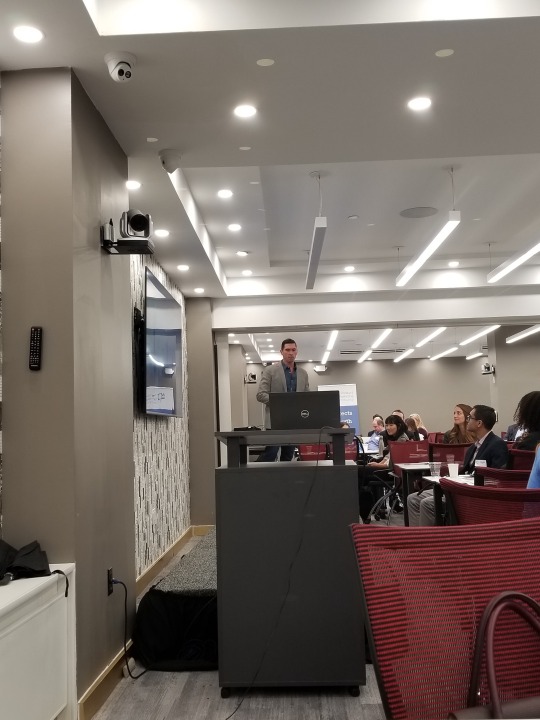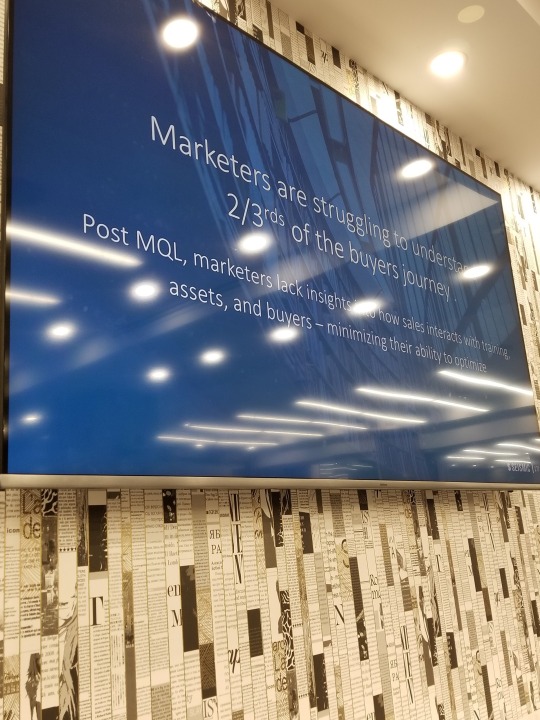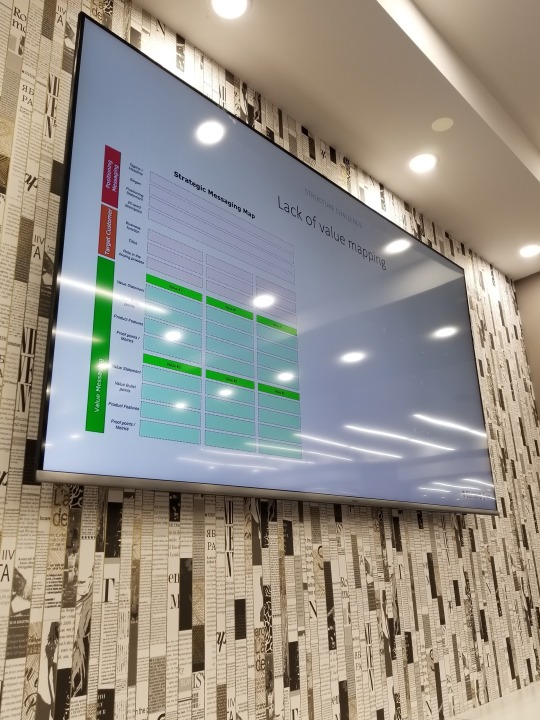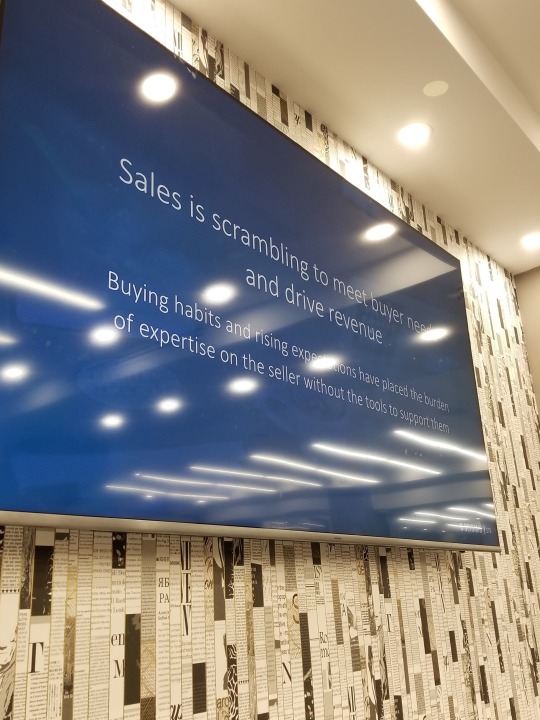How & Why People Buy: The Differences Between B2B, B2C, B2G & D2C
Buyers have different wants and needs.
When marketing and selling a product or service, it is important to ask two questions to understand your buyers.
1. What motivates people to buy a product or service?
2. How do people find a product or service to buy?
I surveyed my LinkedIn audience for answers.
1. What motivates people to buy a product or service?
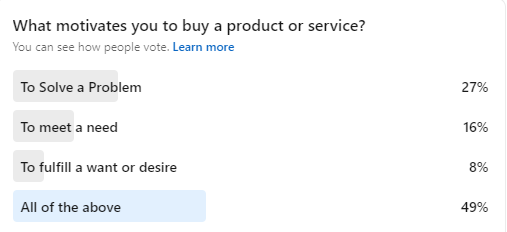
People buy a product or service to: solve a problem, meet a need, or fulfill a want or desire. 49% buy products and services to solve a problem, meet a need, or fulfill a desire. 27% wanted to solve a problem, 16 % want to meet a need, and 8% wanted to fulfill a want or desire.
2. How do people find a product or service to buy?
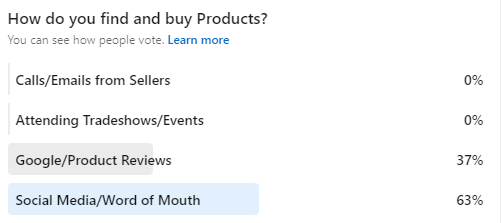
Buyers find and buy products or services through word of mouth, social media, online search, and,/or product reviews. Of those surveyed, none said they found or bought products from seller calls or emails. No one found or bought products at trade shows or events; this is probably because of the pandemic.
63 % found or bought products from social channels or word of mouth, and 37% found or bought products or services from online searches or product reviews.
These findings suggest businesses need to create products and services that are customer-centric. Businesses need a great reputation to survive in a competitive marketplace.
Answering these questions will help businesses develop, create, and, position products and services customers want to buy.
There are four major types of buying cycles. Business to Business, Business to Consumer Business to Government, and Direct to Consumer. It is important to know the difference because it is tempting to think one size fits all especially when certain products like computers and tech are sold to all of these verticals.
How are they different?
B2B vs B2C
To start, the buyer is different. In B2B, buyers work at companies. They usually have a big budget to make purchases but there are multiple decision-makers and stakeholders. Sales cycles are longer and buy-in is needed by a variety of stakeholders, not just the end-user. Products cost more in many cases than B2C. An example of this is the purchasing of SAAS.
In B2C the buyer is purchasing products for their home and recreation. There are fewer stakeholders and shorter sales cycles but their budgets are smaller than B2B in many cases. An example of this is buying consumer electronics.
Some products overlap between the two verticals in e-commerce models; the difference is the sales cycle length and how products are acquired. Buyer needs and pain points differ between B2B and B2C.
I surveyed my audience on LinkedIn; asking them how B2B and B2C products differ from one another. 82 % said that they differed in who the buyer is, the sales cycle, pricing, buyer needs, and pain points.
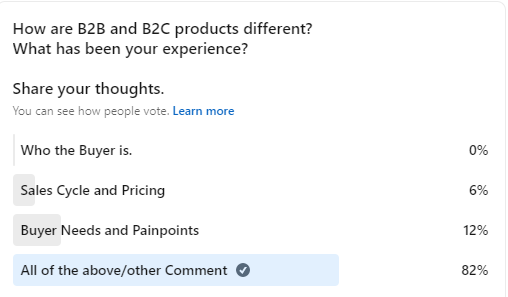
B2C VS D2C
I surveyed my audience on LinkedIn about the differences between B2C and D2C products. 64% of those surveyed said that B2C and D2C products differ by buyer pain points needs who the buyer is sales cycle, pricing, and who the buyer is. 27% said these products differed on sales cycle and pricing. Only 9% said that these products differed in terms of the buyer. However, there are similarities between B2C and D2C products. These products are purchased in the home in many cases and the sales cycle is shorter than B2B or B2G. They fall into the category of consumer goods. B2C and B2C are overlapping through e-commerce and subscription business models.
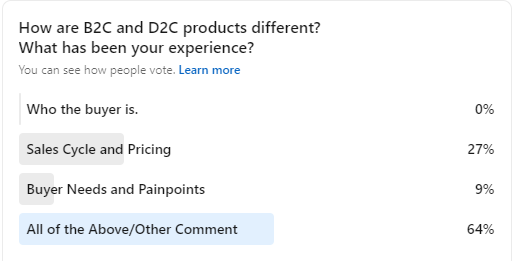
B2B VS B2G
When I asked my audience about the difference between B2B and B2G products. 67% of those surveyed said that the products differed by buyer needs, pain points, sale cycles, pricing, rules, regulation, and who the buyer is. 33% said these products differed by sales cycle, price, regulations. When selling products to governments, it is important to understand the regulations and processes that must be followed. There is some of this in B2B but B2G has a lot more.
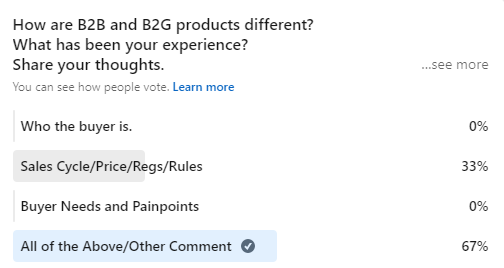
What are the differences between B2B, B2C, B2G, and D2C?
How are they similar?
Share your thoughts in the comments.

